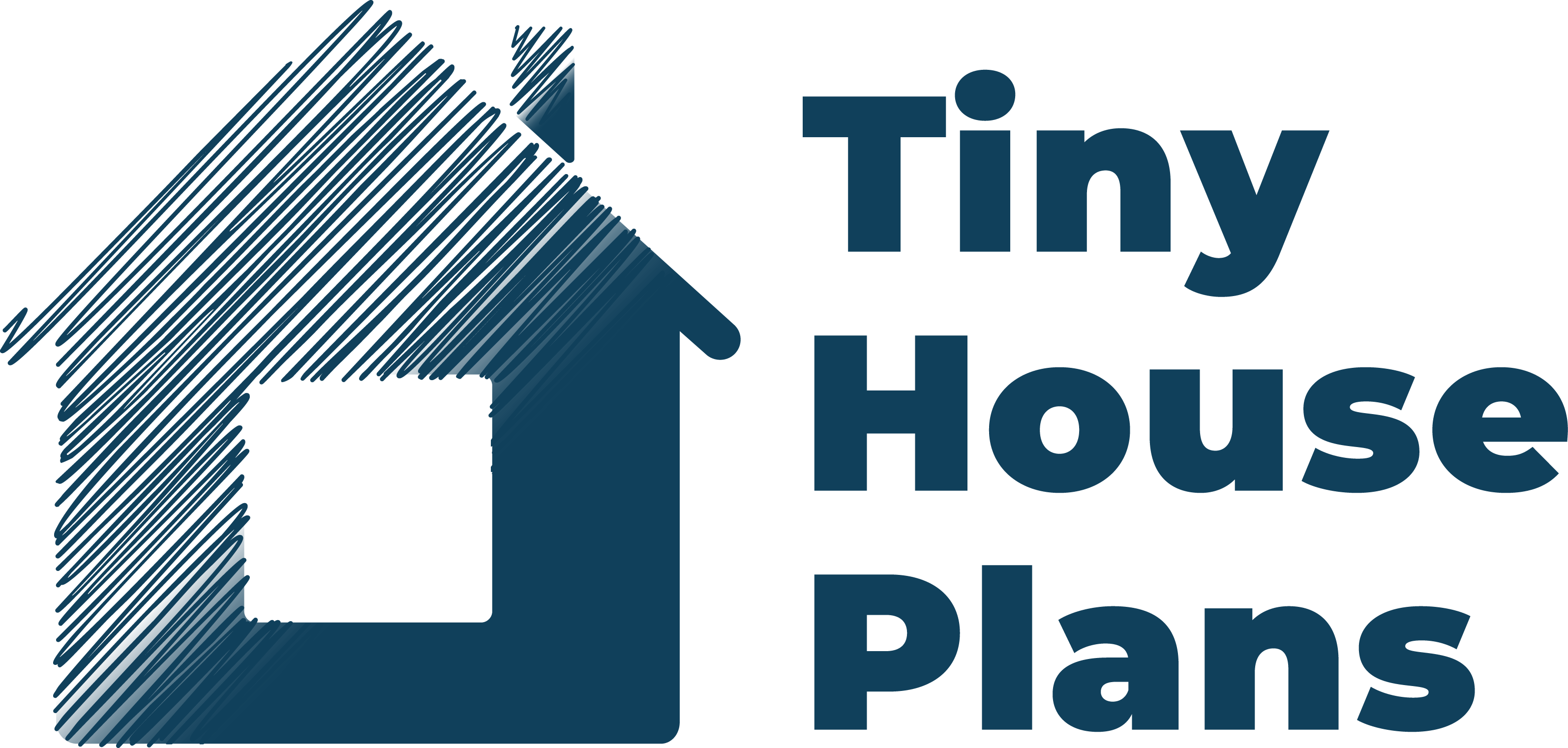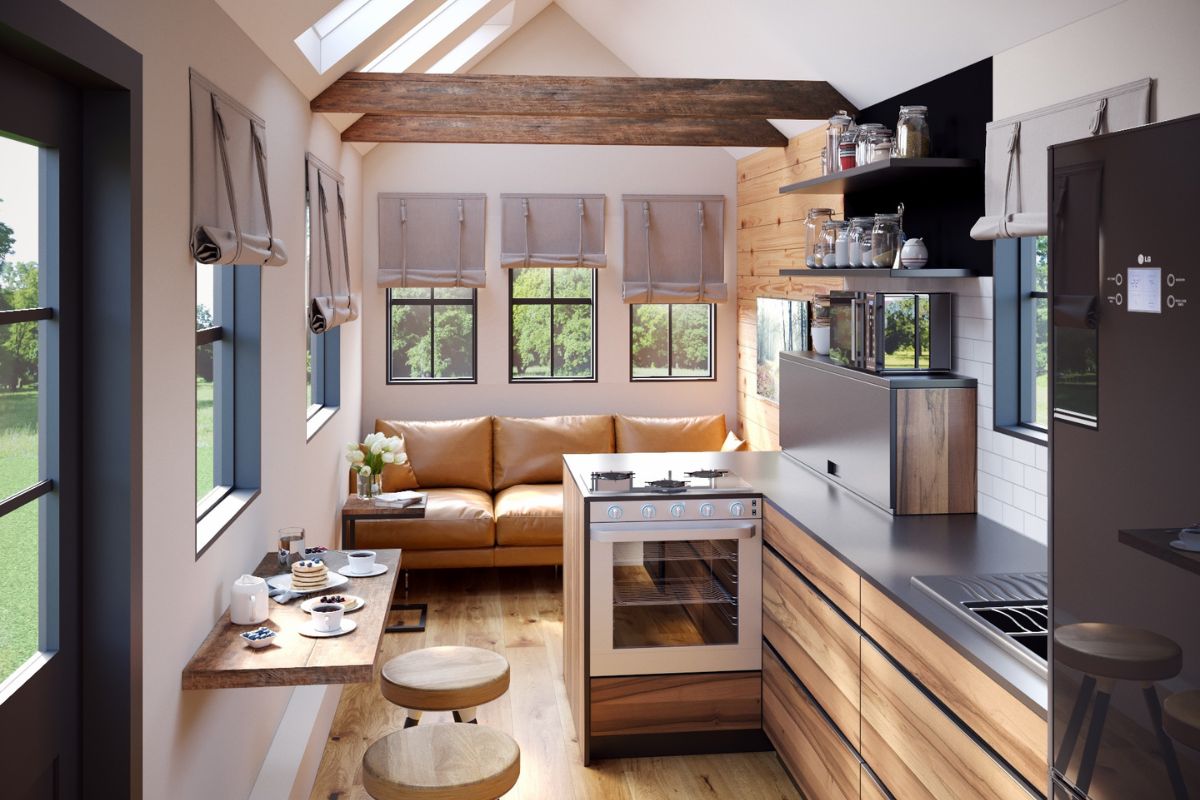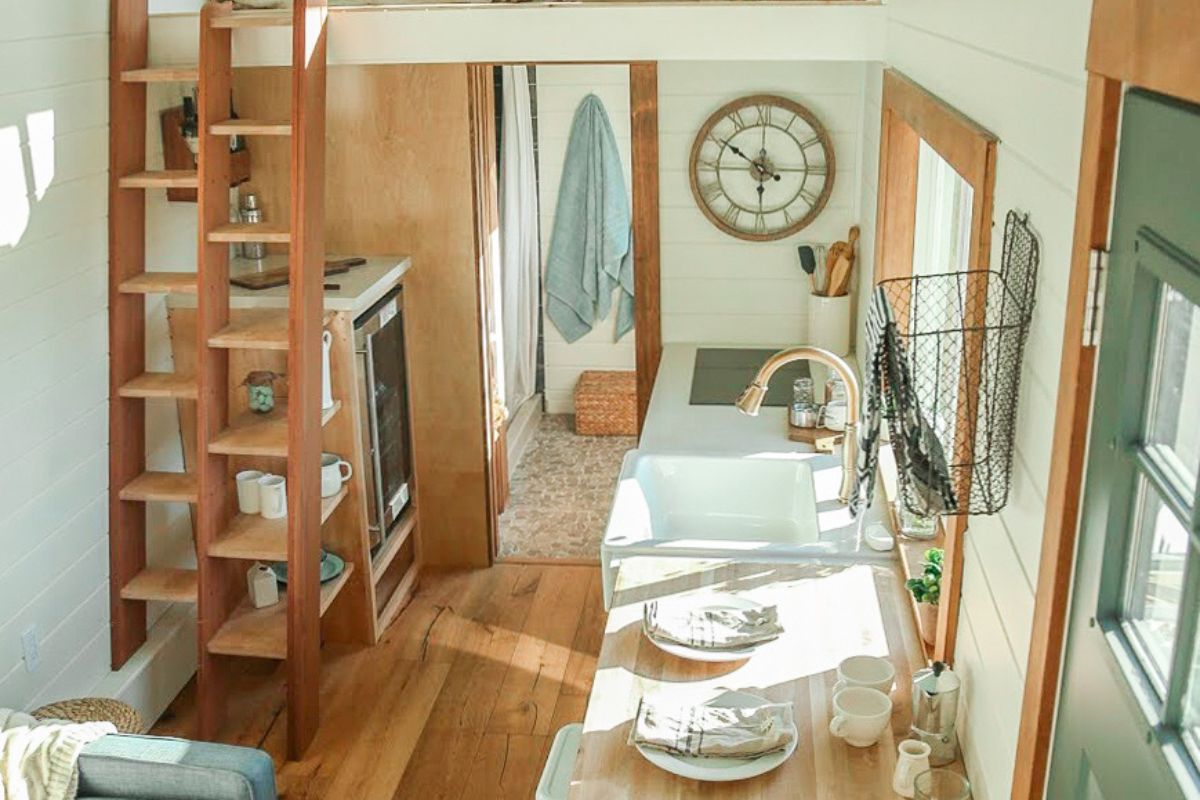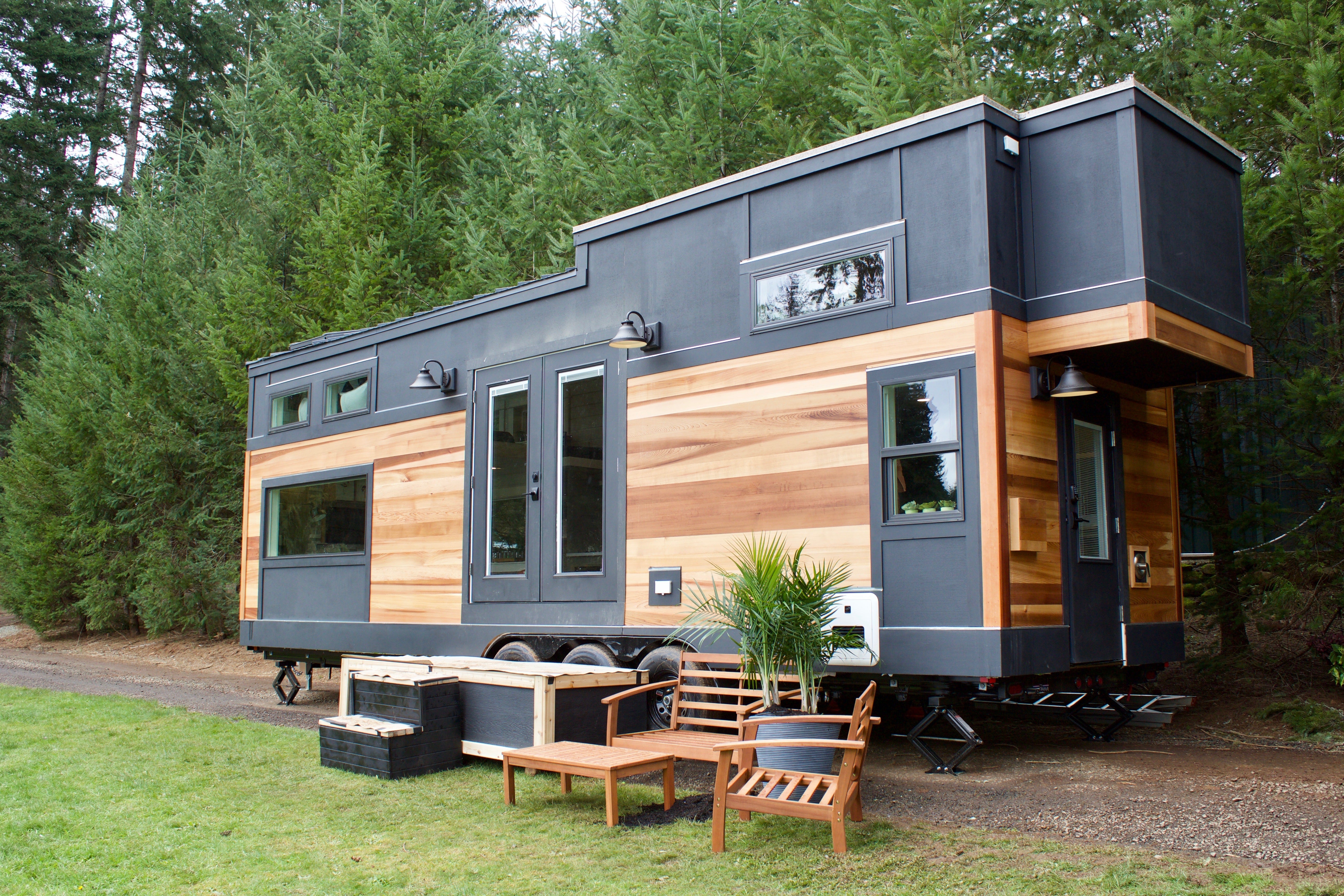In tiny house communities, legal challenges stem from zoning laws, building codes, and regulatory compliance. You must navigate varying local zoning regulations that determine if a tiny house qualifies as an ADU or standalone residence. Building codes, including Appendix Q of the IRC, dictate safety standards, while permits guarantee legal establishment. Licensing impacts whether your community can operate as a rental entity. Land use restrictions and property tax classifications further complicate planning. Utilities and insurance depend on how the house is classified and sited. Understanding these complexities is essential to avoid fines and guarantee the community's viability. Discover more nuanced insights ahead.
Key Takeaways
- Zoning laws determine the classification and placement of tiny houses, affecting legal compliance.
- Building codes set safety standards and are crucial for tiny house habitability and legality.
- Permits are needed for construction, utilities, and potentially business operations in tiny house communities.
- Proper classification impacts property taxes and insurance coverage for tiny houses.
- HOAs and liability concerns influence community cohesion and financial responsibilities.
Zoning Laws and Tiny Houses
Maneuvering the maze of zoning laws is often the first hurdle for those interested in tiny house living. You might find that zoning regulations differ dramatically from one area to another. Typically, these laws dictate where you can legally place your tiny house, whether it's on wheels or a foundation. In many municipalities, tiny houses fall into a gray area, neither fitting traditional housing categories nor mobile home regulations. It's vital to understand that zoning laws are designed to control land use, so identifying areas that allow for tiny house development is important.
To navigate this complexity, start by examining local zoning ordinances. You'll need to determine if your tiny house is classified as an accessory dwelling unit (ADU), a standalone residence, or something else entirely. Each classification impacts where you can legally reside. Some regions have begun to adapt to the tiny house movement, offering more flexibility and supportive zoning changes, but others haven't caught up yet. Engaging with local zoning boards or consulting with a land-use attorney can provide clarity. Ultimately, understanding these laws not only aids in compliance but also guarantees your tiny house dream aligns with community standards.
Building Codes Compliance
Once you've navigated zoning laws, the next critical consideration is building codes compliance. Building codes guarantee safety and habitability, but they can be quite challenging for tiny house enthusiasts. You need to pay attention to local and national codes, like the International Residential Code (IRC), which often set standards for plumbing, electrical systems, and structural integrity.
Tiny houses, whether on wheels or foundations, frequently face scrutiny regarding minimum size requirements and specific construction standards. Some areas have amended their codes to accommodate smaller dwellings, but not all. Investigate whether your local jurisdiction has adopted the Appendix Q of the IRC, which provides guidelines specifically for tiny houses.
Pay close attention to the technical specifications. For instance, ceiling heights, emergency exits, and stair design often differ in tiny homes compared to larger structures. You'll need a clear understanding of these requirements to avoid costly modifications later.
Consulting with professionals familiar with tiny house construction and local codes can be invaluable. They'll help you ascertain that your tiny home meets all necessary criteria, avoiding potential legal headaches. By proactively addressing building code requirements, you safeguard your investment and enhance your tiny house living experience.
Land Use Restrictions
While you've tackled zoning laws and building codes, understanding land use restrictions is equally important for establishing a tiny house community. These restrictions dictate how land can be used and are essential in determining the feasibility of your project. They encompass environmental regulations, covenants, and easements that might limit development. You need to analyze these factors to guarantee your community aligns with local restrictions.
Start by researching any environmental regulations in your area. These may include protections for wetlands, wildlife habitats, or water quality that can impact where you place tiny houses. Review any covenants or deed restrictions that might apply to your land, as they can impose additional limitations, often overlooked until it's too late.
Easements are another significant aspect. They grant others rights to use your property for specific purposes, such as utility access, which could affect your layout plans. Ignoring easements can lead to legal disputes or forced modifications, so it's essential to understand their implications upfront.
Permits and Licensing
Steering through the domain of permits and licensing is vital for launching your tiny house community effectively. First, you must understand the zoning laws in your area, as they dictate where tiny houses can be legally established. Without proper zoning, acquiring permits becomes almost impossible. Next, focus on building permits. These guarantee your structures meet safety and health standards, which can vary widely between jurisdictions. Engage with local building departments early to learn requirements and avoid unexpected hurdles.

Licensing plays an important role, particularly if your community aims to operate as a business or rental property. You'll need to secure the appropriate business licenses, often including inspections to verify compliance with local codes. Additionally, consider utility permits. Connecting your tiny house community to water, sewer, and electricity requires specific approvals, which can be time-consuming if not planned correctly.
Navigating these processes demands diligence. Develop a checklist of necessary permits and licenses, and allocate time for each. Consulting with legal experts familiar with tiny house regulations can save you from costly mistakes. By proactively managing permits and licenses, you lay a strong foundation for a thriving, legally compliant tiny house community.
Property Tax Implications
How do property taxes impact your tiny house community? Understanding this is essential for financial planning and legal compliance. Property taxes can vary considerably depending on how your tiny house is classified. If your tiny home is considered a permanent structure, you may face the same property tax rates as traditional homes. This can influence the overall affordability of tiny living and your long-term financial commitments.
In many cases, tiny houses on wheels are treated as personal property rather than real estate. This distinction often leads to lower taxes but comes with its own set of regulations, which might limit your tiny house's placement options. You should check local ordinances to determine how your home is categorized and taxed.
Additionally, if your community owns the land collectively, the tax burden may be distributed among all members. This requires clear agreements to guarantee fairness and transparency. Disputes can arise if tax responsibilities aren't explicitly outlined in community agreements.
Analyzing these factors helps you anticipate potential financial obligations and mitigate future disputes. By doing so, you can guarantee that your tiny house community remains financially sustainable and legally compliant, fostering a harmonious living environment.
Utility Connections and Services
Maneuvering utility connections and services is essential for the functionality and comfort of your tiny house community. You must address critical utilities like water, electricity, sewage, and internet. Start by examining local codes and regulations; these dictate how you connect to municipal systems or if alternative solutions like solar panels or rainwater collection are viable. Consider the infrastructure: Are there existing connections, or will you need to install new lines? Installation can be costly and requires permits and professional expertise.
Analyze the cost-effectiveness of traditional versus off-grid solutions. While connecting to municipal services may provide reliability, off-grid options like composting toilets and solar panels reduce dependency and can be more sustainable long-term. Evaluate potential challenges, such as zoning restrictions or environmental regulations, which may limit your options.
Access to utilities not only affects daily living but also property values and marketability. Prospective residents will weigh these factors heavily, influencing their decision to join your community. Proactively addressing utility connections guarantees your tiny house community is practical, appealing, and aligned with legal requirements. This strategic planning lays the groundwork for a seamless, efficient living environment that satisfies both regulatory standards and resident expectations.
Homeowners Association Rules
In establishing a tiny house community, someone must consider the role of Homeowners Association (HOA) rules, which can greatly impact community cohesion and individual freedoms. You'll find that HOAs often dictate standards for property appearance, maintenance, and shared amenities. These rules can foster a harmonious neighborhood atmosphere, but they can also restrict personal expression and autonomy.
Before joining or creating a community, scrutinize the HOA's governing documents. Assess whether the rules align with your vision of tiny living. Some HOAs might impose regulations on house size, color schemes, or even landscaping choices, potentially clashing with the minimalist ethos. Consider if you're comfortable with such oversight or if it feels too restrictive.
Active participation in HOA meetings is essential. It provides you with a voice in decision-making and helps guarantee that rules evolve with the community's needs. Encourage transparency and inclusivity within the HOA to maintain a fair balance between protecting communal interests and respecting individual rights.
Insurance and Liability Concerns
While HOA rules shape the fabric of tiny house communities, understanding insurance and liability concerns is equally important. You need to guarantee your tiny home is adequately covered. Unlike traditional homes, tiny houses often fall into a gray area of insurance. They can be classified as RVs, mobile homes, or traditional dwellings depending on their construction and mobility. This classification affects your coverage options considerably.
When choosing insurance, assess the risk factors specific to your tiny house. Consider coverage for theft, natural disasters, and accidents. Liability coverage is essential, especially if you plan to have guests or host community events. You don't want unexpected incidents to drain your finances.
Additionally, familiarize yourself with local regulations. Some areas may require specific insurance types or minimum coverage levels. If your tiny house community has shared spaces or facilities, understand how insurance and liability are managed collectively. This could mean shared responsibility or individual policies for common areas.
Ultimately, your goal is to protect your investment and guarantee peace of mind. By proactively addressing these concerns, you safeguard your home and contribute to a resilient, well-prepared community. Don't overlook this important aspect of tiny house living.
Conclusion
Maneuvering the legal landscape of tiny house communities requires a keen understanding of zoning laws, building codes, and land use restrictions. You'll need to secure proper permits and licenses, and be aware of property tax implications. Connecting utilities and adhering to homeowners association rules can be challenging but essential. Insurance and liability also demand your attention. By staying informed and proactive, you can successfully address these issues, ensuring your tiny house community thrives within legal frameworks.






Share: